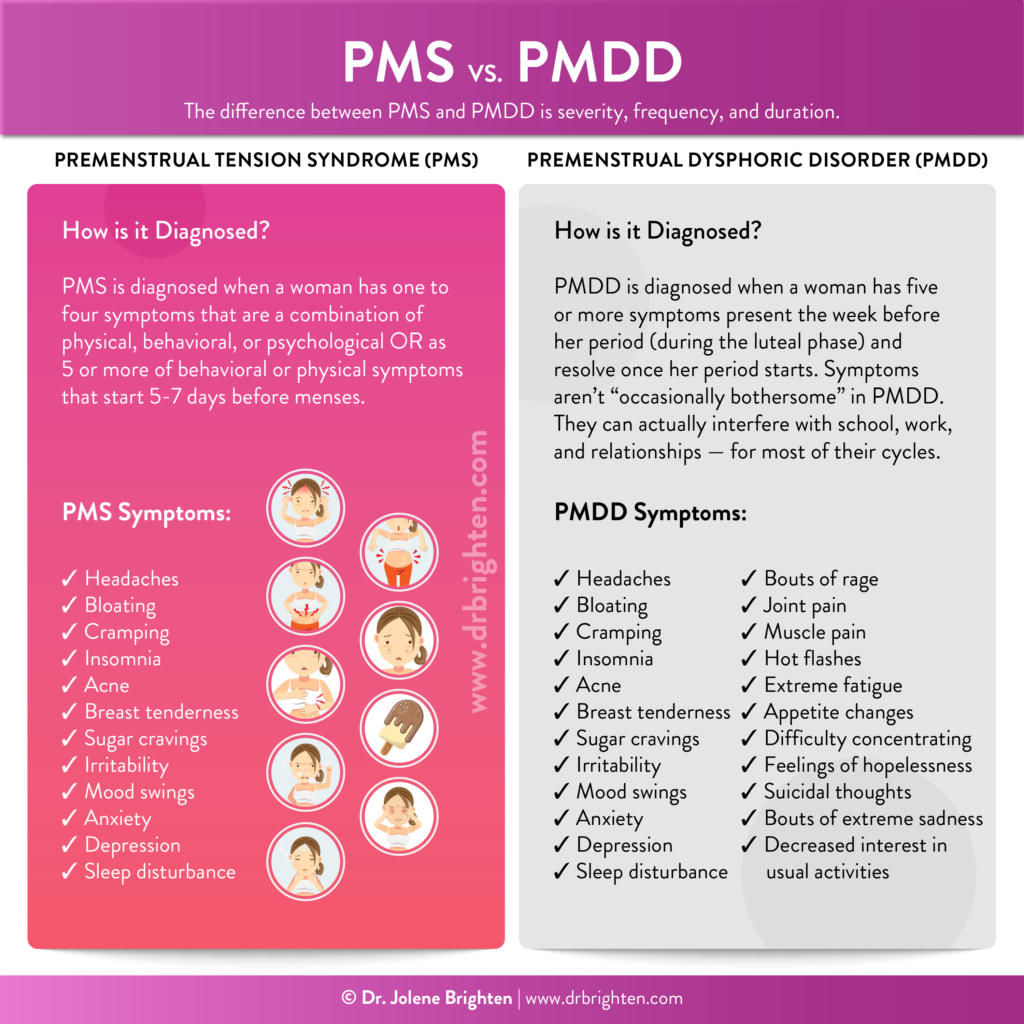Content warning: this blog post discusses topics such as depression, anxiety, and suicidal ideation when it comes to healthcare and menstruation. Click here for resources. If you or someone you know needs help, reach out.
A huge piece of achieving menstrual equity is being aware that not all menstruators menstruate the same way. Every single person with a uterus experiences their period in a different way, and it may be way easier or more comfortable for some than for others.
Menstrual disorders factor into this wide variety of experiences. Like most healthcare related to women and/or menstruators, there is a (unsurprising) lack of scientific research into treating these disorders and actually validating that they exist. Speaking out about these disorders and the ways they can impact menstruators helps to destigmatize them so more research can be conducted!

A gif that encapsulates this blog post’s energy. Source: Giphy
Dysmenorrhea is the occurrence of cramps during menstruation that are painful. Despite what many menstruators are told by family, friends, and medical professionals alike, it is NOT normal to be in pain on your period. Discomfort, yes, but not pain. If cramps make going to class, work, or other commitments a struggle, reach out to a doctor, specifically an OB-GYN.
Many people are already aware of premenstrual syndrome — I, for one, was first introduced to the phrase in middle school when an idiotic prepubescent boy teasingly asked if one of my friends at the time was “PMSing” because she was frowning. (Actually, her cat had died, so that was a depressing day for all).
PMS is comprised of a variety of psychological/mental and physical symptoms that occur in the days before the start of a period. There are countless symptoms, even some that are kinda fun — food cravings!! But the disorder has way more detrimental effects, such as depression, tiredness, mood swings, irritability, and physical pain in the breasts, uterus, and joints.

Fun graphic that highlights the similarities and differences between PMS and PMDD. Source: Dr. Brighten
Going off of PMS, there is premenstrual dysphoric disorder, PMDD, which is a far more severe version. Rather than just having mood swings, for example, those with PMDD may have suicidal thoughts. It is a difficult disorder, and is often misdiagnosed as PMS, due to the lack of validity the healthcare system in the United States gives to women and/or menstruator’s pain — specifically women and/or menstruators that are BIPOC.
The moral of this blog post, and this blog in its entirety, is to celebrate, destigmatize, and promote menstrual equity. Every menstruator is different, so it cannot be called equality, where everyone gets the same thing, but rather equity, where everyone gets what they need to be successful and live a safe and happy life.
Thanks for reading this semester, and have a great summer!
I really like the table that you included, and it definitely helped to highlight the difference. It is really shocking how much misinformation there is about menstruation, even in school. I had a friend who would have to miss days of school monthly because of her period, and her parents would not take her to the doctor because they thought she was being overdramatic and that painful cramps are “normal”. Just because something is common does not make it normal or healthy!!! I wish more people would also talk about PMDD. I did not learn about it until late high-school, and most people I talk to about it still don’t know what it is.
Emily,
I just love your civic issues blog. I also think it is so important to destigmatize menstruation in this society. People really make periods out to be a disgusting or weird thing, when in reality, it is one of the most normal and natural bodily processes. I think this post specifically is important because I had no idea about some of the disorders that you described. I think it is crazy hearing you shouldn’t be in pain on your period; I feel like women are so conditioned to think pain stronger than discomfort is normal. It is so great that you spent all semester writing about this, because the only way to really break the stigma is to force people to have conversations that for some may be uncomfortable.
I’ve heard of some of these menstrual disorders, but the fact that I’ve never heard of premenstrual dysphoric disorder is pretty telling of the menstrual inequity in the world. Especially as a health major, I should be aware of these things and work harder to further educate myself on overlooked and ignored topics in health. I also thought that period cramps were normal. I knew that many people started taking birth control for extremely painful cramps, but it is pretty enlightening that a menstruator should not be in pain while they are on their period. I’ve never been one to have painful period, but I totally thought it was normal because everyone around me does. This blog has been great over the past semester. Have a good summer!